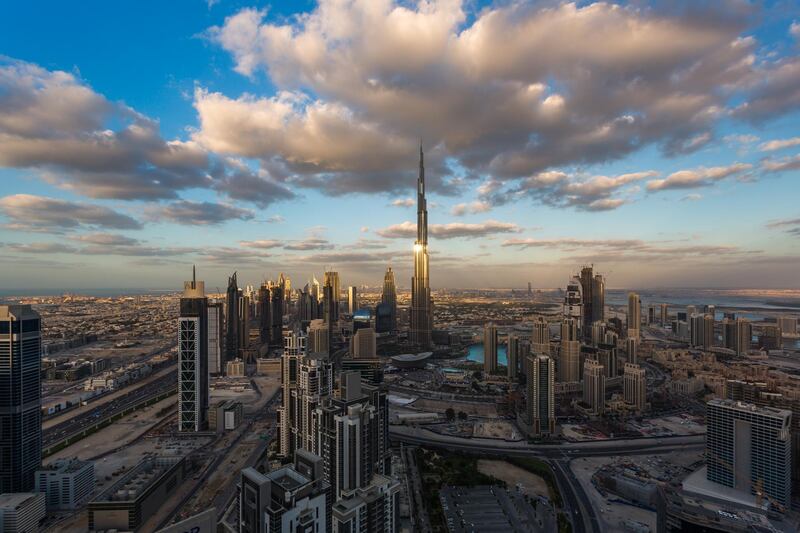Dubai has become the first city in the Middle East to be added to the Unesco list of creative cities of design.
The emirate joins a list of 24 global cities listed by the United Nations Educational Scientific and Cultural Organisation.
Several major development projects in the city were cited as contributing to Dubai being nominated to become a Creative City of Design.
The design of the Dubai Metro and tram, water canal and Jumeirah Corniche have been hailed as iconic city developments.
Other notable projects adding more than just functionality to Dubai’s infrastructure are the Bridge of Tolerance on the Dubai Canal and others built across Dubai Creek, most recently the new Shindagha Bridge - a design based on the idea of infinity with its 42-meter high arches.
“The design is the process of finding creative solutions to problems in order to improve lives,” said Dawood Al Hajiri, director general of Dubai Municipality.
“Design is beyond the product; rather it is the framework by which problems are solved.
“It puts people and their needs first to convert trash into energy, improve quality of life, increase sustainability and promote happiness.”
“Dubai’s history with Unesco reflects its deep rooted concern and commitment to culture and heritage,” Mr Al Hajiri said.
“It is also reflective of the country’s vision to position itself on the global map of the world.”
________________
Read more:
[ A new design hotel called Form has opened in Al Jadaf - in pictures ]
[ ECAs have vital role in driving financing infrastructure development ]
[ Dubai free zones unite to boost foreign investment flows ]
________________
The UCCN was created to promote cooperation with other cities that have identified creativity as a strategic factor for sustainable urban development.
Since its inception in 2004, the network has grown to include 180 Members from 72 countries covering creative fields such as art and craft, design, film, literature and media arts.
Those cities work together towards a common objective: placing creativity and cultural industries at the heart of their development plans at the local level and cooperating actively at the international level.
To complement Dubai as a recognised city of innovation, a new university is to open in September at the Dubai Design District.
The not-for-profit Dubai Institute of Design and Innovation will offer students a design education, in the form of a four-year Bachelor of Design Degree (BDes).
Its curriculum has been crafted in collaboration with the Massachusetts Institute of Technology, and Parsons School of Design, offering a program, firmly embedded in design-thinking and creative problem solving.
Students will be given the freedom to design their own degree by choosing their cross disciplinary program, by combining a choice of two concentrations from product design, strategic design management, multimedia and fashion.
“These are areas where there is potential for growth, and also are not being taught anywhere else in the UAE at bachelor level,” said Hani Asfour, associate dean of DIDI.
“We’ve reached a point in civilisation where we are seeking fulfilment and experiences, but engineering and business have plateaued so design is a way to improve that.
“Designers must try to elevate someone’s experience, but any design needs to be practical, fulfilling and durable.”







